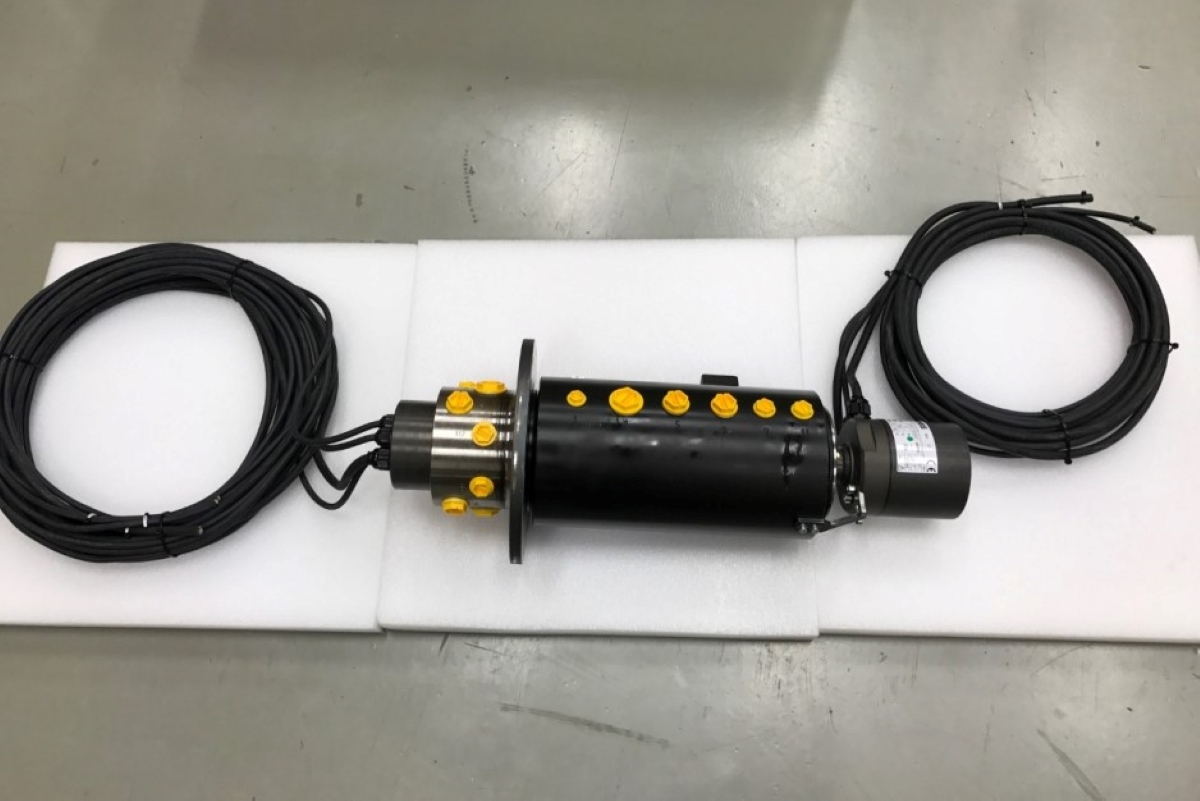CT scans are an important tool in medical imaging, allowing doctors to get a detailed look at the inside of the body. However, traditional CT scans are limited by the fact that they require the patient to remain still for the duration of the scan. This can be uncomfortable and time consuming, and can lead to inaccurate results. To overcome this limitation, many medical professionals are now using slip rings in CT scans.
What Are Slip Rings?
Slip rings are devices that allow for the rotation of an object while still providing a continuous electrical connection. They are commonly used in medical imaging equipment, such as CT scanners, to allow for the rotation of the patient while still providing a continuous electrical connection to the imaging equipment. This allows for a more comfortable and accurate scan, as the patient does not have to remain still for the duration of the scan.
Benefits of Using Slip Rings in CT Scans
The use of slip rings in CT scans has several benefits. First, it allows for a more comfortable and accurate scan, as the patient does not have to remain still for the duration of the scan. Second, it reduces the amount of time required for the scan, as the patient can be rotated while the scan is being performed. Finally, it allows for a more detailed scan, as the imaging equipment can capture more data as the patient is rotated.
Slip rings are an important tool in medical imaging, allowing for the rotation of the patient while still providing a continuous electrical connection to the imaging equipment. This allows for a more comfortable and accurate scan, as well as reducing the amount of time required for the scan. In addition, it allows for a more detailed scan, as the imaging equipment can capture more data as the patient is rotated. For these reasons, slip rings are becoming increasingly popular in CT scans.
See What We Can Do

